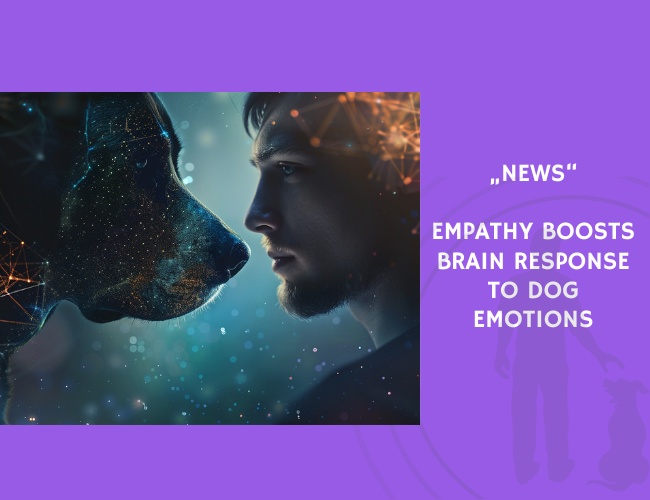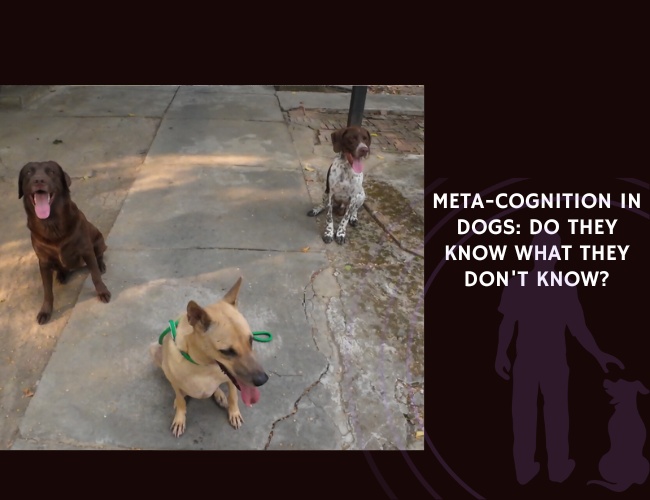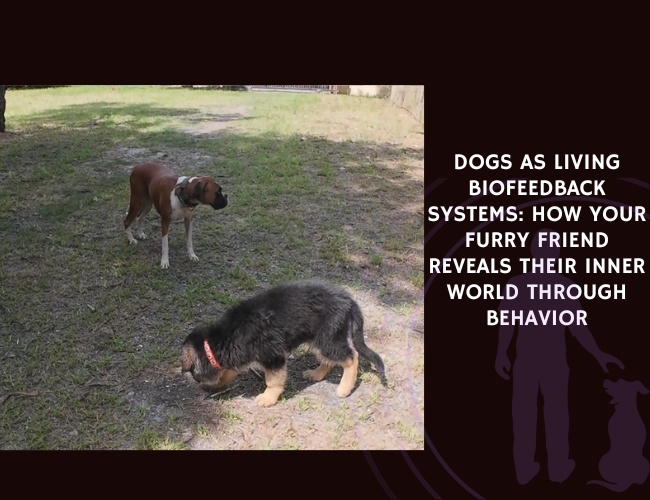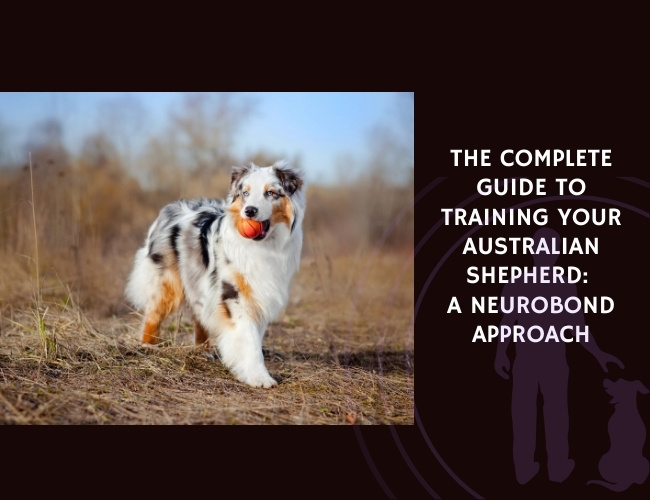A new study connects empathy to how well humans neurologically recognize dog emotions — revealing shared emotional codes across species boundaries.
How deeply do we feel what our dogs feel? New research by Kujala et al. (2024) suggests that humans with greater trait-level empathy are better at neurologically decoding emotional expressions on canine faces — especially when it comes to distinguishing aggression from happiness.
Published in Social Cognitive and Affective Neuroscience, the study used EEG to track millisecond-level brain activity in response to emotional faces — both human and canine. Interestingly, humans showed similar neural response patterns to both species in key brain areas like the occipital, temporal, and parietal cortices.
What stood out was the role of empathy. Participants with higher empathy levels were more accurate at decoding happy vs. aggressive dog faces and happy vs. neutral human faces. The research suggests this may be due to the brain assigning greater importance (ecological salience) to emotionally charged expressions when empathy is high.
This study strengthens the foundation of our NeuroBond Invisible Leash Program — showing that interspecies emotional resonance is not only real but measurable. Empathy isn’t just nice to have — it’s neurobiologically active.
Key insights:
- 🧠 Human brains show shared response timing for dog and human emotional faces.
- 💜 Empathy enhances neurological accuracy in recognizing canine emotions.
- 📊 Support vector machine classifiers confirmed classification accuracy tied to emotional salience.










